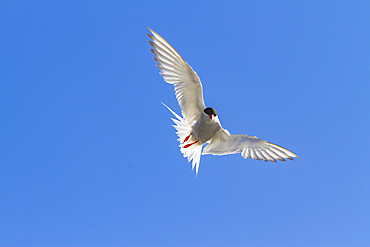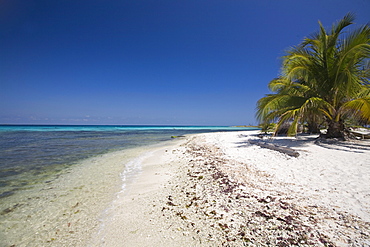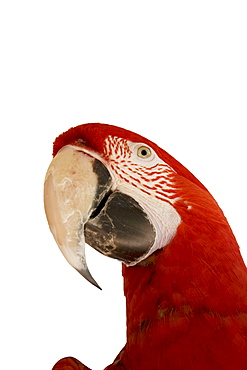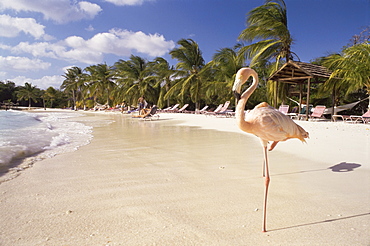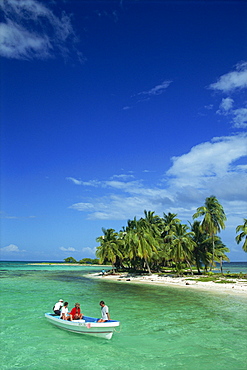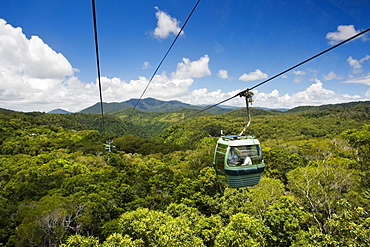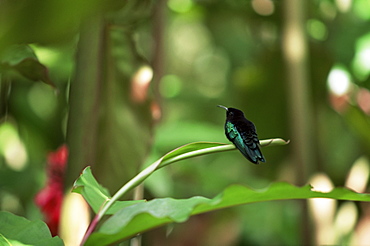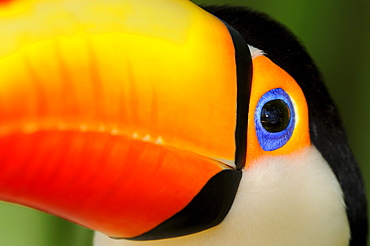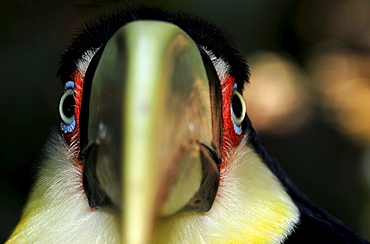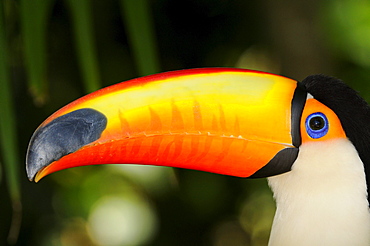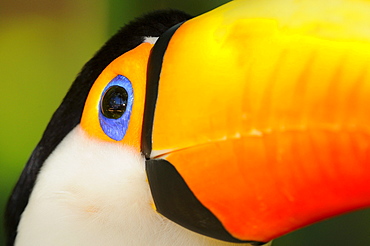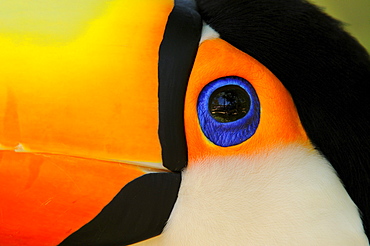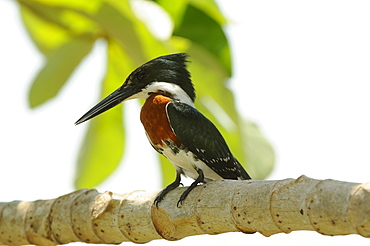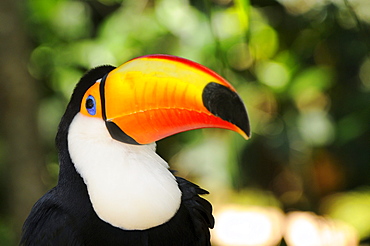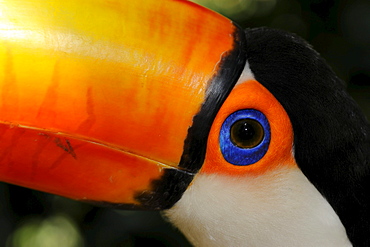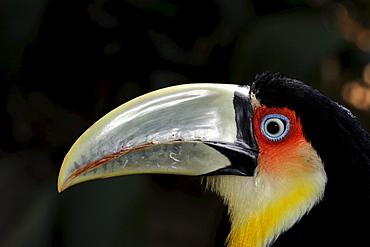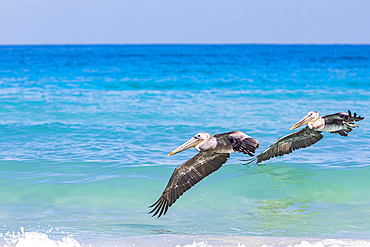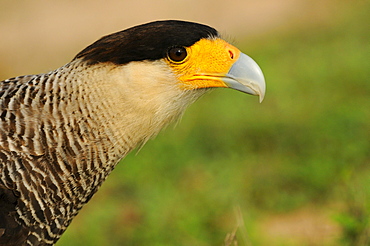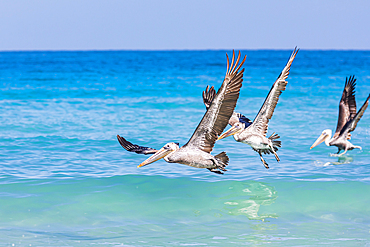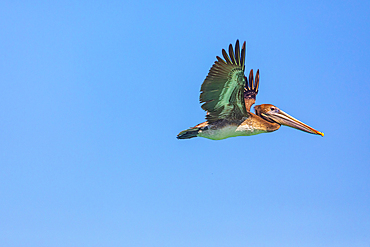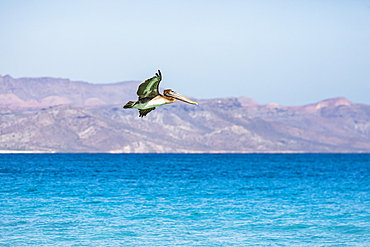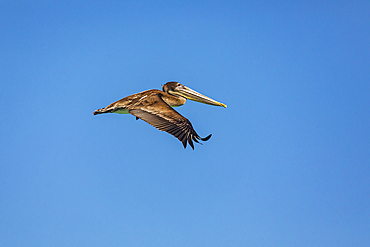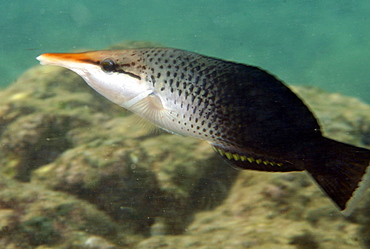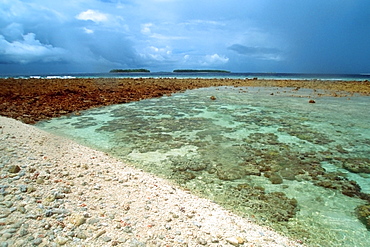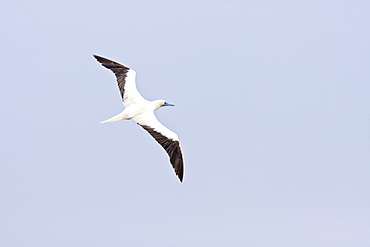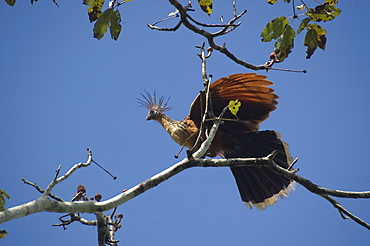Results
« Previous 1 2 3
245 results found
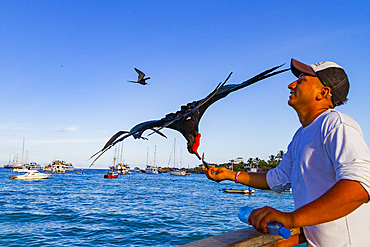
Great frigatebird (Fregata minor) taking handouts from a fisherman in Puerto Ayora on Santa Cruz Island, Galapagos, UNESCO World Heritage Site, Ecuador, South America
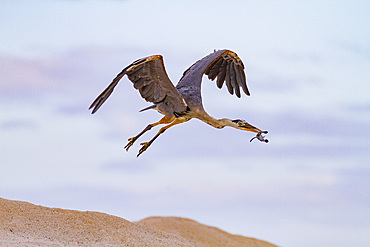
Adult great blue heron (Ardea herodias cognata) feeding on green sea turtle hatchlings, Galapagos Islands, UNESCO World Heritage Site, Ecuador, South America
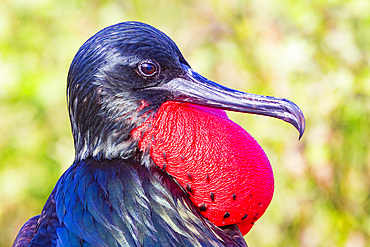
Male Great frigatebird (Fregata minor) in breeding plumage with red gular pouch, on North Seymour Island, Galapagos Islands, UNESCO World Heritage Site, Ecaudor, South America
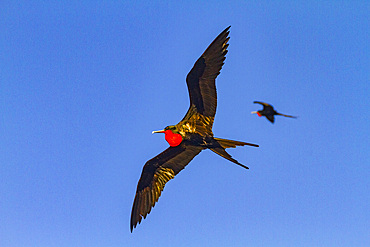
Great frigatebirds (Fregata minor) in flight on Genovesa (Tower) Island, in the Galapagos Island Archipelago, UNESCO World Heritage Site, Ecuador, South America
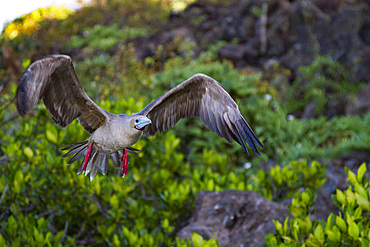
Adult red-footed booby (Sula sula) in flight in the Galapagos Island Archipelago, UNESCO World Heritage Site, Ecuador, South America
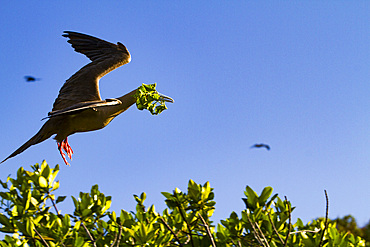
Adult red-footed booby (Sula sula) returning to the nest site with nest building material in the Galapagos Islands, UNESCO World Heritage Site, Ecuador, South America
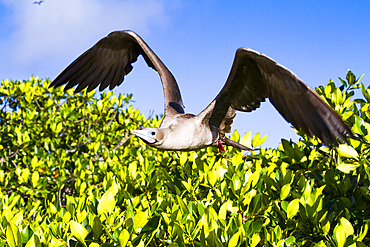
Adult red-footed booby (Sula sula) returning to the nest site in the Galapagos Islands, UNESCO World Heritage Site, Ecuador, South America
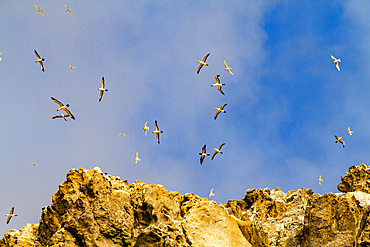
A dawn view of Boatswain Bird Island just off Ascension Island in the southern tropical Atlantic Ocean, South Atlantic Ocean
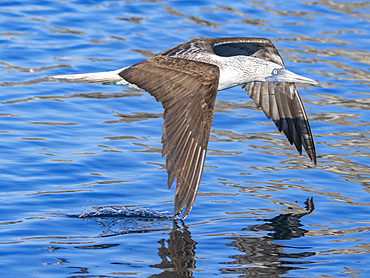
Blue-footed booby (Sula nebouxii), in flight near Isla Salsipuedes, Baja California, Sea of Cortez, Mexico, North America
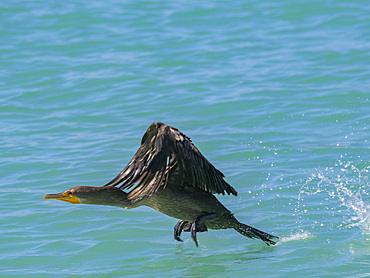
Double-crested cormorant (Nannopterum auritum), taking flight, Concepcion Bay, Baja California Sur, Sea of Cortez, Mexico, North America

Town centre, Mindo, a centre for tourism in the Cloud Forest involving zip lining, rafting, bird watching and nature tours, Mindo, Ecuador, South America
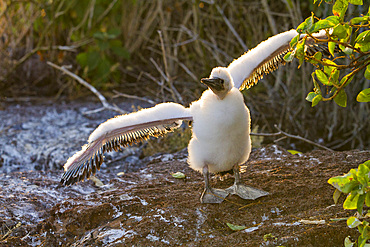
Nazca booby (Sula grantii) downy chick stretching its wings to gather strength for flight in the Galapagos Islands, UNESCO World Heritage Site, Ecuador, South America
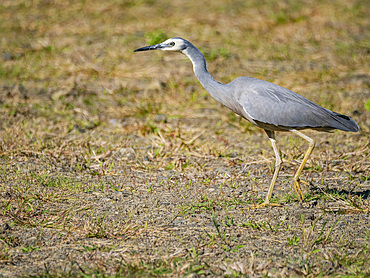
White-faced heron (Egretta novaehollandiae), looking for insects at the Volivoli Resort grounds on Viti Levu, Fiji, South Pacific, Pacific
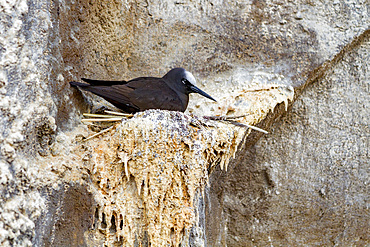
Adult black noddy (Anous minutus) breeding site on Boatswain Bird Island just off Ascension Island, South Atlantic Ocean
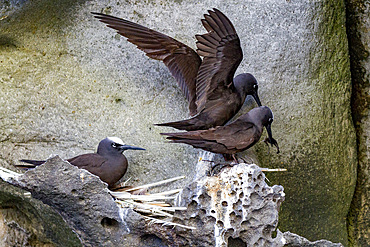
Adult black noddy (Anous minutus) breeding site on Boatswain Bird Island just off Ascension island, South Atlantic Ocean

Neotropic cormorant (Phalacrocorax brasilianus) (Phalacrocorax olivaceus) (Nannopterum brasilianum), Lake Sandoval, Tambopata National Reserve, Peru, South America
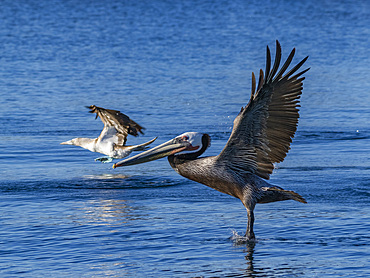
Adult brown pelican (Pelecanus occidentalis), taking flight on a small islet near Isla Salsipuedes, Baja California, Mexico, North America
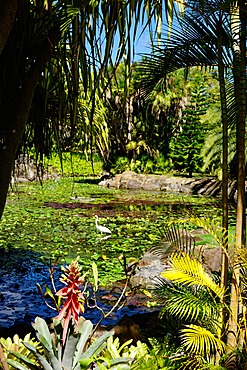
Nevis Botanical Garden, Nevis, St. Kitts and Nevis, Leeward Islands, West Indies, Caribbean, Central America

Neotropic cormorant (Phalacrocorax brasilianus) (Phalacrocorax olivaceus) (Nannopterum brasilianum), Lake Sandoval, Tambopata National Reserve, Peru, South America

Great frigatebird chick (Fregata minor) on the nest on North Seymour Island in the Galapagos Island Archipelago, UNESCO World Heritage Site, Ecuador, South America
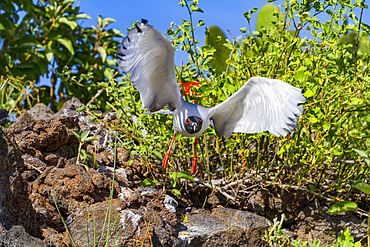
Adult Swallow-tailed gull (Creagrus furcatus) in flight in the Galapagos Island Archipelago, UNESCO World Heritage Site, Ecuador, South America
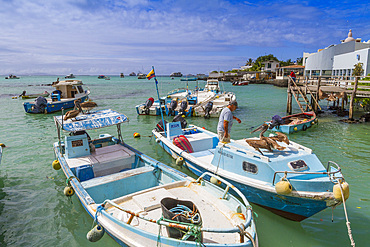
Scene of a fisherman on boat with pelicans in the port town of Puerto Ayora, Santa Cruz Island, Galapagos Islands, UNESCO World Heritage Site, Ecuador, South America
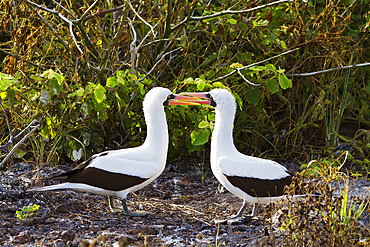
Adult Nazca booby (Sula grantii) courtship behavior in the Galapagos Island Archipelago, UNESCO World Heritage Site, Ecuador, South America
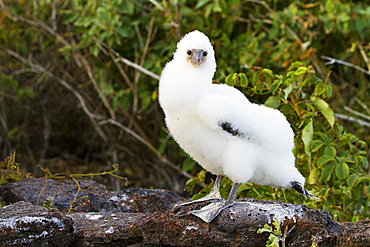
Nazca booby (Sula grantii) downy chick in the Galapagos Island Archipelago, UNESCO World Heritage Site, Ecuador, South America
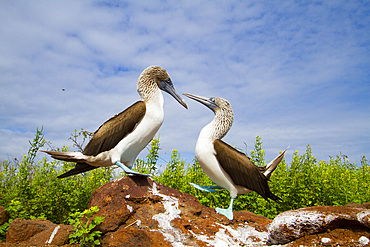
Blue-footed booby (Sula nebouxii) courtship behavior in the Galapagos Island Archipelago, UNESCO World Heritage Site, Ecuador, South America
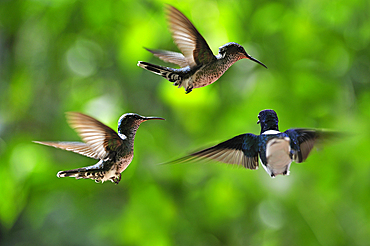
Florisuga mellivora (White-necked Jacobin) hovering, Soberania National Park, Republic of Panama, Central America
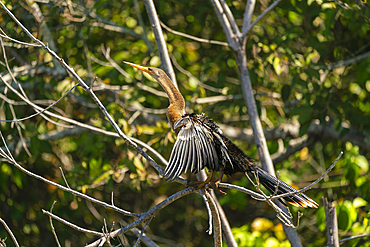
Anhinga (anhinga anhinga) perching on branch by Lake Sandoval, Tambopata National Reserve, Puerto Maldonado, Madre de Dios, Peru, South America
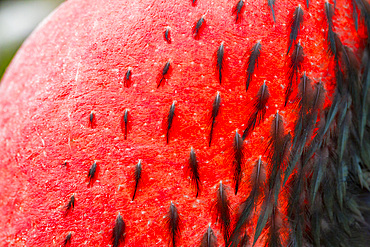
Male Great frigatebird (Fregata minor) in breeding plumage with red gular pouch, on North Seymour Island, Galapagos Islands, UNESCO World Heritage Site, Ecaudor, South America
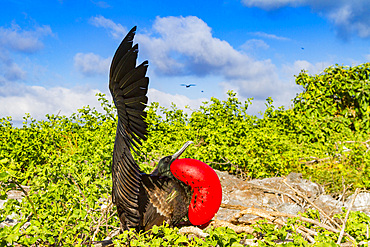
Male Great frigatebird (Fregata minor) in breeding plumage with red gular pouch, on Genovesa (Tower) Island, Galapagos Islands, UNESCO World Heritage Site, Ecuador, South America
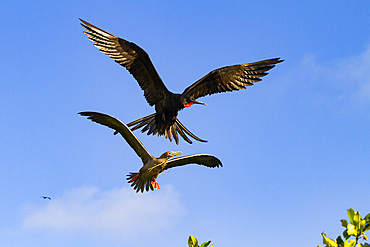
Adult red-footed booby (Sula sula) being attacked in flight by a great frigatebird (Fregata minor) in the Galapagos, UNESCO World Heritage Site, Ecuador, South America
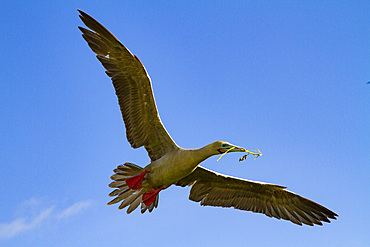
Adult red-footed booby (Sula sula) returning to the nest site with nest building material in the Galapagos Islands, UNESCO World Heritage Site, Ecuador, South America
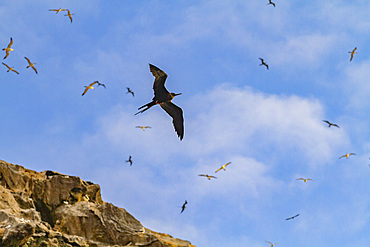
A dawn view of Boatswain Bird Island just off Ascension Island in the southern tropical Atlantic Ocean, South Atlantic Ocean
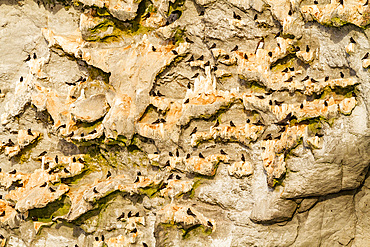
Adult black noddy (Anous minutus) breeding site on Boatswain Bird Island just off Ascension Island, South Atlantic Ocean
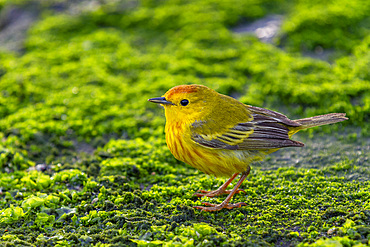
Adult male yellow warbler (Dendroica petechia aureola) in the Galapagos Island Archipelago, UNESCO World Heritage Site, Ecuador, South America
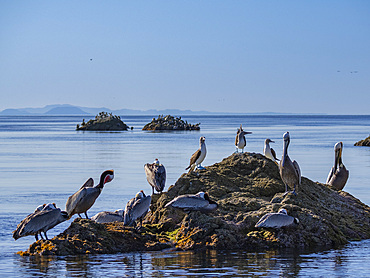
Blue-footed boobies (Sula nebouxii), on a small islet near Isla Salsipuedes, Baja California, Sea of Cortez, Mexico, North America
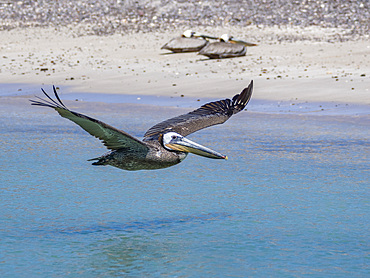
Adult brown pelican (Pelecanus occidentalis), in flight, Isla Carmen, Baja California Sur, Mexico, North America
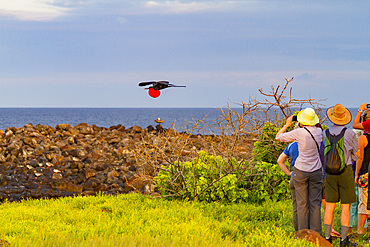
Male Great frigatebird (Fregata minor) in breeding plumage with red gular pouch, on North Seymour Island, Galapagos Islands, UNESCO World Heritage Site, Ecaudor, South America

Male Great frigatebird (Fregata minor) trying to steal nesting material from a red-footed booby, Galapagos, UNESCO World Heritage Site, Ecuador, South America
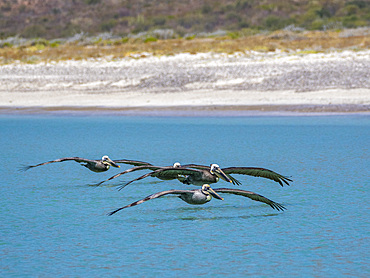
Adult brown pelicans (Pelecanus occidentalis), flying in formation, Isla Carmen, Baja California Sur, Mexico, North America

Adult yellow warbler (Dendroica petechia aureola) in the Galapagos Island Archipelago, UNESCO World Heritage Site, Ecuador, South America
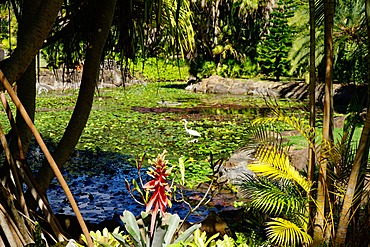
Nevis Botanical Garden, Nevis, St. Kitts and Nevis, Leeward Islands, West Indies, Caribbean, Central America

Aerial of little islet filled with birds in the lagoon of Fakarava, Tuamotu archipelago, French Polynesia, South Pacific, Pacific
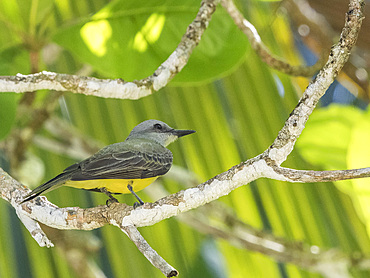
Adult tropical kingbird (Tyrannus melancholicus), perched in a tree on Coiba Island, Panama, Central America
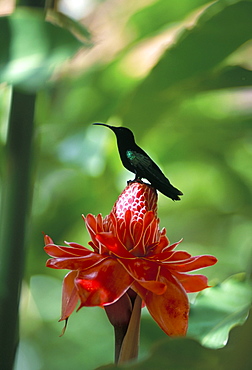
Blue headed colibri bird, Ancient Domaine Limbe, Sainte Marie Commune, Martinique, French Antilles, Caribbean, Central America
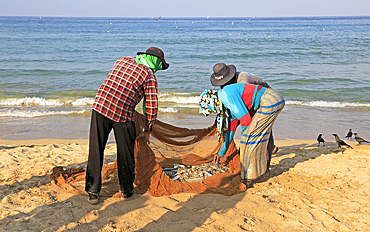
Traditional fishing hauling nets, Nilavelli beach, near Trincomalee, Eastern province, Sri Lanka, Asia
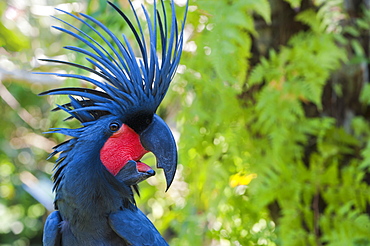
Palm cockatoo (great palm cockatoo) (Probosciger aterrimus), Bali Bird Park, Indonesia, Southeast Asia, Asia
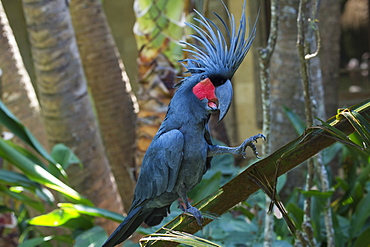
Palm cockatoo (great palm cockatoo) (Probosciger aterrimus), Bali Bird Park, Indonesia, Southeast Asia, Asia

Traditional fishing hauling nets, Nilavelli beach, near Trincomalee, Eastern province, Sri Lanka, Asia
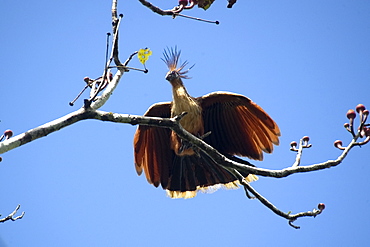
Hoatzin bird (Opisthocomus hoazin). Mamiraua sustainable development reserve, Amazonas, Brazil, South America

Chilean Flamingos (Phoenicopterus chilensis) staring at mirror, Parque das Aves, Foz do Iguacu, Parana, Brazil, South America

Red breasted toucan (green-billed toucan) (Ramphastos dicolorus), Foz do Iguaµu, Parana, Brazil, South America

Pair of red macaws (Ara chloropterus) flying, Buraco das Araras, Bonito, Mato Grosso do Sul, Brazil, South America

Rainbow lorikeet (Trichoglossus haematodus moluccanus), native to Australasia, Parque das Aves, Foz do Iguaµu, Parana, Brazil, South America

Hawksbill turtle (Eretmochelys imbricata) - adult female returning to sea after laying eggs in the sand. Bird Island, Seychelles, Indian Ocean (RR)

Green turtle (Chelonia mydas) hatchlings being rescued from a damaged nest. Bird Island, Seychelles, Indian Ocean (RR)
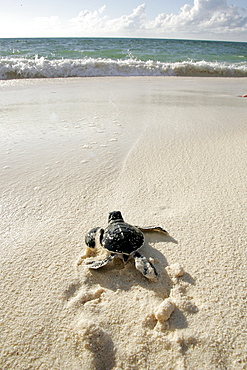
Green turtle (Chelonia mydas) - hatchling returning to the sea only hours old. Bird Island, Seychelles, Indian Ocean (RR)
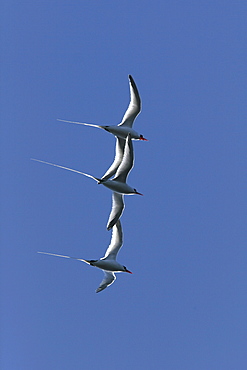
Three Red-billed Tropicbird (Phaethon aethereus) in flight during mating season over Isla San Pedro Martir in the Gulf of California (Sea of Cortez), Mexico.

Green turtle (Chelonia mydas) hatchlings being rescued from damaged nest with floods expected. Bird Island, Seychelles, Indian Ocean (RR)

Green turtle (Chelonia mydas) hatchlings being rescued from a damaged nest. Bird Island, Seychelles, Indian Ocean (RR)
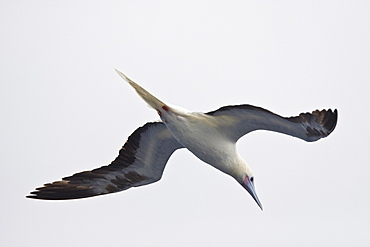
An adult Red-footed booby (Sula sula) following the National Geographic Endeavour in the tropical South Atlantic Ocean off the coast of Brazil
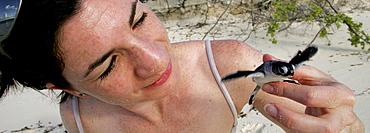
Tourist on Bird Island working with resident warden to rescue Green turtle (Chelonia mydas) hatchlings from damaged nests. Seychelles, Indian Ocean (RR)
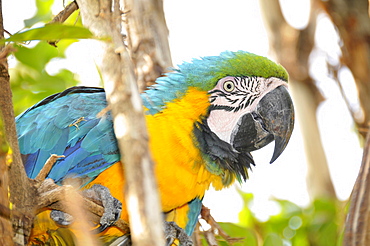
Blue and yellow macaw (Ara ararauna), San Francisco Ranch at Pantanal, Miranda, Mato Grosso do Sul, Brazil, South America
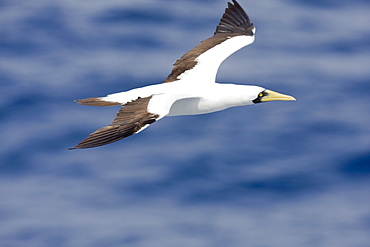
An adult masked booby (Sula dactylatra) following the National Geographic Endeavour in the tropical South Atlantic Ocean off the coast of Brazil
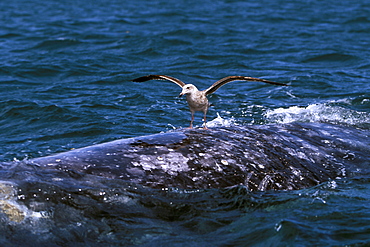
Juvenile gull landing on the back of a California Gray Whale (Eschrichtius robustus) in San Ignacio Lagoon, Baja, Mexico.

Hawksbill turtle (Eretmochelys imbricata) - adult female returning to sea after laying eggs in the sand. Bird Island, Seychelles, Indian Ocean. (RR)

